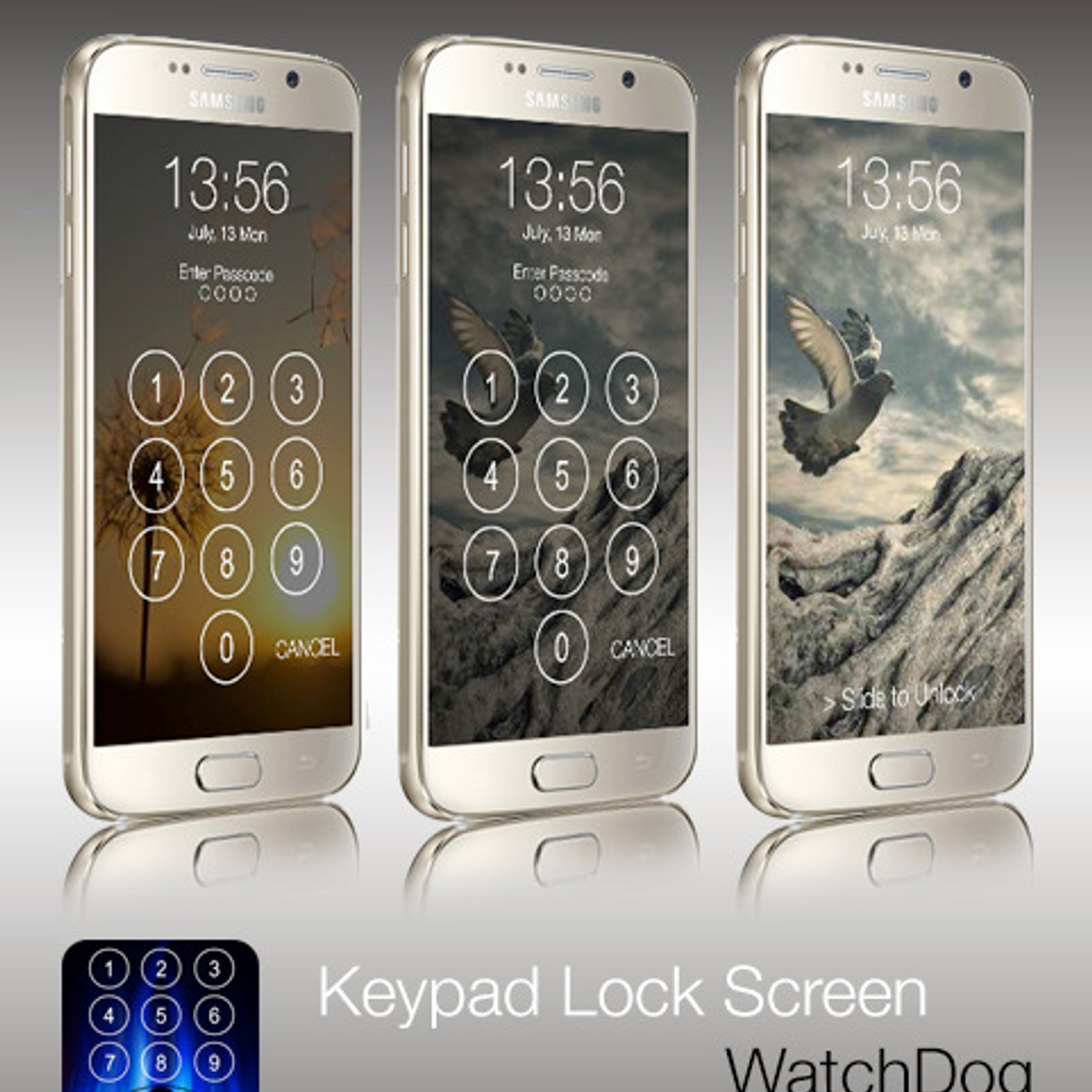Learn how the Mac App Store beautifully showcases your apps and makes them even easier to find, and how Developer ID and notarization make it safer for users to install apps that you distribute yourself.
May 03, 2016 How do I log into a Mac to access files locally if my user account is a Windows Domain network account if the network isn't available? So far, I've created a new local user account, but that leaves me with a local user account without the same app settings, Documents folder, etc. MacBook Pro (Retina, 15-inch, Late 2013), OS X El. Migrate web apps with ease. Bring your web apps to the cloud with minimal or no code changes using the Azure App Service Migration Assistant - a free and simple tool to automatically migrate.NET or PHP web applications from on-premises to the cloud. Jul 20, 2017 Mac App Store: Click a Button to Install an App. We’re all used to app stores on our phones, but on the desktop they remain an oddity. Still, the Mac App Store is a decent first place to check. Open the store, search for the app you want, and click “Get” then “Download.”.
Mac App Store
The Mac App Store makes it simple for customers to discover, purchase, and download your apps, and easily keep them updated. The Mac App Store on macOS Mojave and later offers editorial content that inspires and informs. Organized around the specific things customers love to do on Mac, along with insightful stories, curated collections, and videos, the Mac App Store beautifully showcases your apps and makes them even easier to find.
Outside the Mac App Store
While the Mac App Store is the safest place for users to get software for their Mac, you may choose to distribute your Mac apps in other ways. Gatekeeper on macOS helps protect users from downloading and installing malicious software by checking for a Developer ID certificate. Make sure to test your apps with the macOS 10.15 SDK and sign your apps, plug-ins, or installer packages to let Gatekeeper know they’re safe to install.
You can also give users even more confidence in your apps by submitting them to Apple to be notarized.
Mac Logo
Mac Os Add App Into Services Iphone
The Mac logo is designed to easily identify software products and hardware peripherals developed to run on macOS and take advantage of its advanced features.
| Mac App Store | Outside Mac App Store | |
|---|---|---|
| App Distribution | Hosted by Apple | Managed by developer (with Developer ID) |
| Software Updates | Hosted by Apple | Managed by developer |
| Worldwide Payment Processing | Managed by Apple | Managed by developer |
| Volume Purchasing and Education Pricing | Managed by Apple | Managed by developer |
| Advanced App Capabilities (iCloud Storage and Push Notifications) | Available | Available |
| App Store Services (In-App Purchase and Game Center) | Available | Not Available |
| 64-Bit | Required | Recommended |
| App Sandboxing | Required | Recommended |
Was the account set up as a network account or mobile account. Network account is the Windows equivalent of Roaming Profiles in which everything is set up on network shares, and doesn't really allow for 'disconnected' logins. Mobile accounts are the equivalent to the local profiles for Windows network users, in that login credentials and resources are 'cached' locally, and will allow a disconnected login. If you have a network account, you can convert a network account to a mobile account in the Users and Groups settings of System Settings. I would provide a screen shoot, but I don't have an example to show. I have done so in the past when users did not create a mobile account upon first login/creation of account. You will need to be connected to the network to do this.
There is some discussion of the differences between the two here - OD: network account vs. mobile account
Mac Os Add App Into Services Online

May 3, 2016 9:15 AM